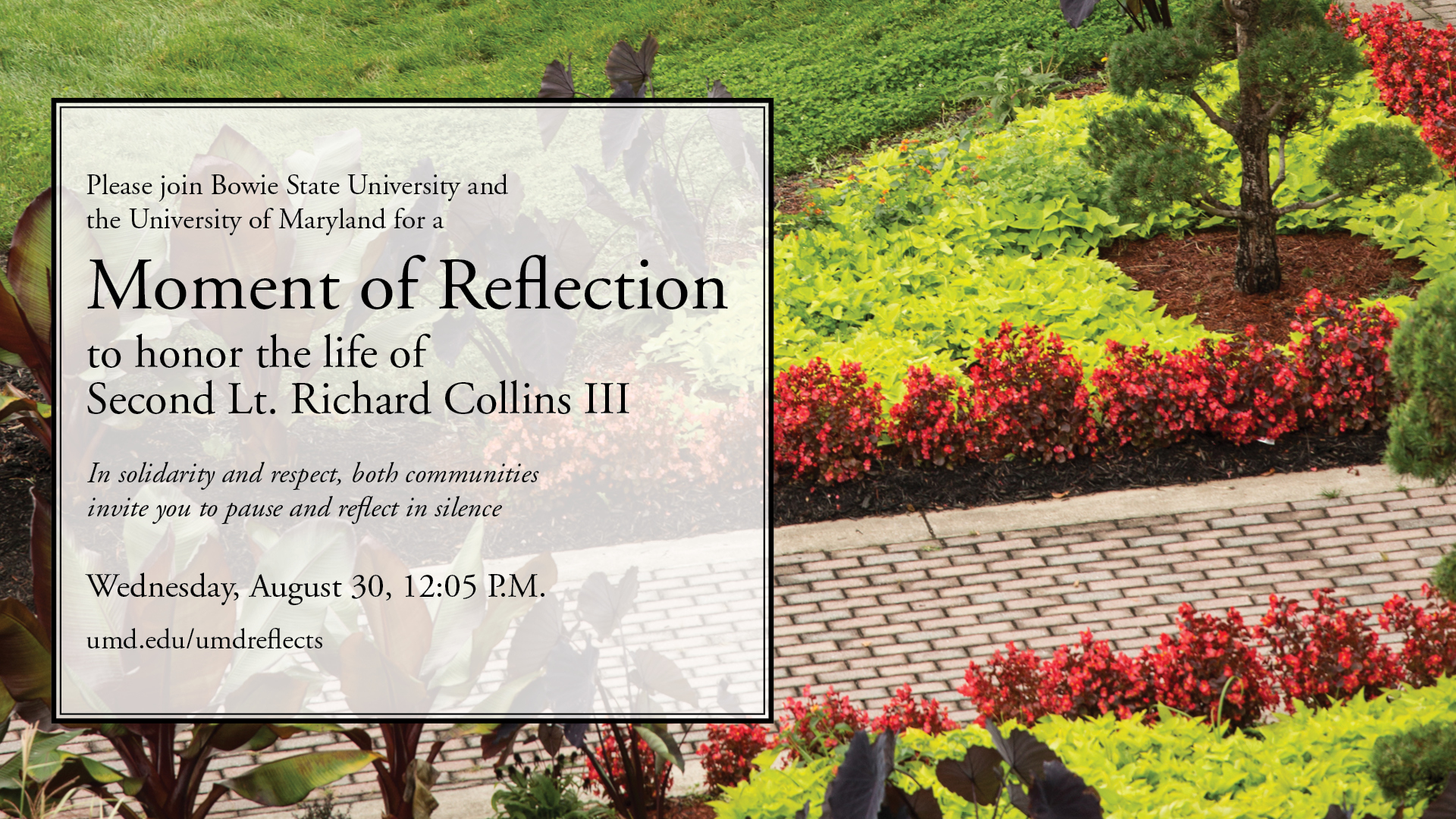Five UMD Physicists Elected APS Fellows
- Details
- Published: Thursday, October 12 2017 06:30
Michelle Girvan, Wolfgang Losert, Johnpierre Paglione, Edo Waks and Jake Taylor have been elected Fellows of the American Physical Society.
Prof. Girvan was cited for seminal contributions to the nonlinear and statistical physics of complex networks, including characterization of network structures and dynamics, and interdisciplinary applications.
She received her Ph.D. in physics from Cornell University, and joined the Department of Physics in 2007, after a postdoctoral appointment at the Santa Fe Institute. Prof. Girvan was a visitor at the Institute for Advanced Study from 2008-09, and in 2017 received the Richard A. Ferrell Distinguished Faculty Fellowship in the Department of Physics. She is a member of the Institute for Physical Science and Technology, and the Director of the COMBINE (Computation and Mathematics for Biological Networks) program.
Prof. Losert was cited for his imaginative studies of complex living systems, and for numerous contributions to understanding dynamical properties of complex systems at the convergence of physics, materials science, and biology.
Prof. Losert holds a Ph.D. in physics from the City College of the City University of New York, and joined UMD in 2000 after appointments at Haverford College. He has served as director of the UMD Biophysics graduate program and is currently the director of the UMD-NCI Partnership for Cancer Technology and the Associate Dean for Faculty Affairs, Graduate Education and Research in the College of Mathematical and Natural Sciences. In 2006, he received the Richard A. Ferrell Distinguished Faculty Fellowship.
Prof. Paglione was cited for experimental contributions to the understanding of strongly correlated and topological electronic materials through the synthesis and investigation of heavy fermion compounds, unconventional superconductors and topological materials.
Prof. Paglione, who received his Ph.D. in experimental condensed matter physics from the University of Toronto, joined UMD in 2008. He is the recipient of a National Postdoctoral Fellowship Award from the Natural Sciences and Engineering Council of Canada, a Materials Synthesis Investigator Award from the Gordon and Betty Moore Foundation, a DOE Early Career Award, the 2012 Richard A. Ferrell Distinguished Faculty Fellowship, and an NSF Career Award. He is currently the director of the Center for Nanophysics and Advanced Materials and is an Associate Fellow of the Canadian Institute for Advanced Research (CIFAR) Quantum Materials program.
Prof. Waks was cited for significantly advancing the field of quantum photonics and for developing new concepts to strongly interact solid-state quantum emitters with nanophotonic components.
He received his Ph.D. in electrical engineering from Stanford University, and after a postdoctoral appointment there, joined the UMD Department of Electrical and Computer Engineering in 2008. He accepted a joint appointment with the Department of Physics in 2017. Prof. Waks researches nanoscale photonic and semiconductor devices for applications in quantum computation, communication, and sensing. He is a Fellow of the Joint Quantum Institute and of the Optical Society of America and is the recipient of a Presidential Early Career Award and an NSF Career Award.
Dr. Taylor was cited for wide ranging contributions in using quantum properties of light and matter towards developing applications ranging from extreme sensitivity sensors and transducers to quantum information processing.
He received his Ph.D. from Harvard University and was a Pappalardo Fellow at the Massachusetts Institute of Technology before joining the National Institute of Standards and Technology and the Joint Quantum Institute in 2009. He has received a Presidential Early Career Award, a Department of Commerce Silver Medal, a NIST Sigma Xi Young Scientist Award and a C15 Young Scientist Award from the International Union of Pure and Applied Physics. Dr. Taylor is the NIST Co-Director for the Joint Center for Quantum Information and Computer Science.
In addition. Dr. Surjalal Sharma from the Department of Astronomy was cited for pioneering and sustained contributions to nonlinear dynamical modeling of non-equilibrium phenomena in space physics and to the development of data-enabled science and for his leadership in fostering international collaborations.

